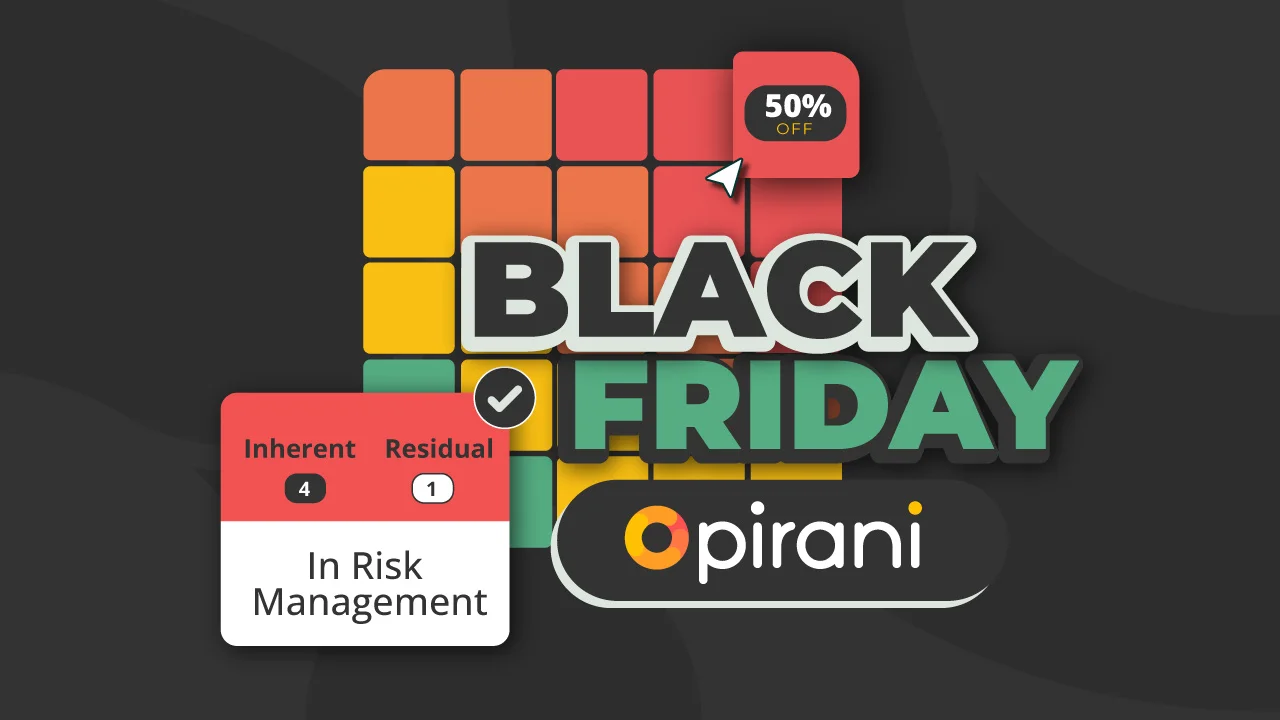Take control of access to your organization

Creating responsible roles, users, and teams in risk management ensures a structured, efficient, and collaborative approach that enhances the organization's ability to effectively identify, assess, and mitigate risks.
Distribute responsibilities: Defining roles and permissions allows you to assign specific responsibilities to individuals or teams, distribute tasks, and ensure that every aspect of the risk management process is covered.
Improve efficiency: Inviting users and assigning them a role facilitates the execution of tasks more efficiently and avoids duplication of efforts, thus improving operational efficiency.
Effective Collaboration: Creating risk management teams and assigning roles facilitates collaboration between experts from different areas, which improves management quality and risk mitigation.
These are the benefits and functions you will find
Create roles and assign permissions.
Now, you will be able to create different roles to organize, control, and assign specific responsibilities to users in the organization. In this section, you will be able to enable permissions in the different management systems, cross-sections, and specialized sections.
.gif?width=792&height=446&name=4-blog%20(1).gif)
Invite users and reporters.
Invite your organization's collaborators to participate as users in Pirani and participate in risk management according to the role you assign them. You can also invite users only to report events from the comfort of their cell phone.
.gif?width=792&height=446&name=2-blog%20(1).gif)
EWait...you still don't use Pirani? 👀 👀
Discover how simple managing your organization's visibility and access with Pirani is. Try our tool for free and tell me in the article's comments what you think about our specialized sections.
.gif?width=792&height=446&name=1-blog%20(1).gif)
Create responsible teams
You can create teams to create, monitor, track, and assess your organization's risk management. This will facilitate effective collaboration, efficient audits, and the development of sound mitigation strategies.
.gif?width=792&height=446&name=3-blog%20(1).gif)
We created a detailed tutorial for you
in this article. I told you about the main features of our roles, users, and responsible teams sections. Still, you want to know more deeply how to control access and visibility in your organization. In that case, I leave you this tutorial where I explain everything related to this topic in detail ;).
⚡ Remember that you can have this section from the Free plan.
%201.25.24%20p.m..png?width=691&height=391&name=Captura%20de%20pantalla%202023-12-30%20a%20la(s)%201.25.24%20p.m..png)
You May Also Like
These Related Stories

Take Advantage of Black Friday to Manage Risk Better

Key Elements of an Internal Control Environment

Types of internal control in company

How to manage credit risk

Know the components of the internal control of a company



No Comments Yet
Let us know what you think